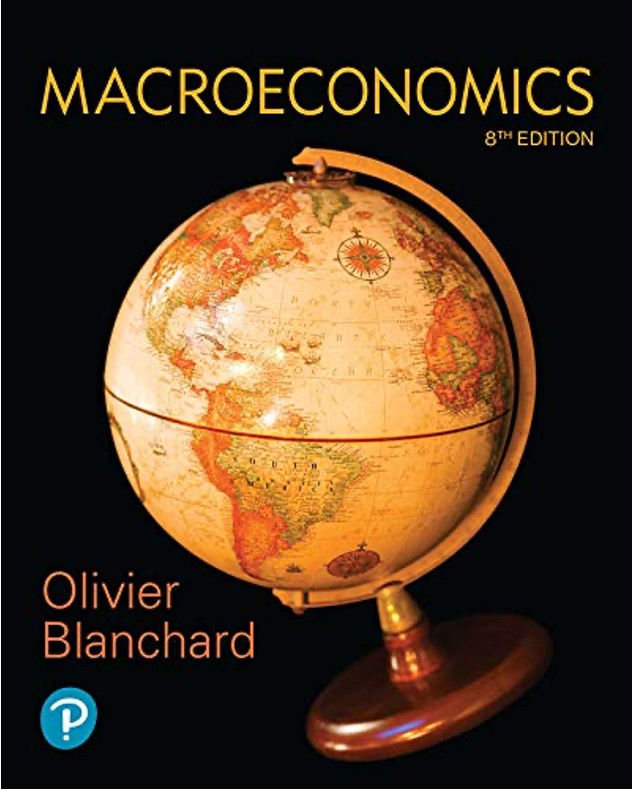Macroeconomic Theory
Introduction
Agenda
1
Introductions
2
Course overview
3
Macroeconomic Issues
4
Review and to do
Course Website
Introductions
About me
Prof. Cline, Dr. Cline, or Nate
- Born and raised in MD just outside of DC
- PhD in Economics from the University of Utah
- Research interests in macroeconomics, international political economy, and childcare
- In my spare time I make furniture with handtools!
Contacting
Schedule an appointment or drop by my office T, Th 3pm - 4pm.
Office: Duke 201
About You
Name
Major/emphasis
What ridiculous thing would you buy?

Course Overview
Course Materials

Previous textbook was Blanchard, Macroeconomics
No more!
Now we rely on lecture notes and readings.
Device Policy
You will not need a laptop or smartphone to participate in this class.
If you believe that taking notes on a laptop will help you take accurate notes, you may use one in class. If the laptop will be distracting for you, I advise you do not use it.
If laptop use becomes a problem for you or others around you in class, I will invite you to my office to discuss this.
Attendance
attendance and participation are important for a mastery of the course material.
However, I understand that life circumstances can prevent students from being able to attend every class.
I have set aside 3 excused absences for all students to use
In the event that you need more I will ask you to meet with me.
Homeworks
Homework assignments will have both traditional problem set exercises and data exercises.
Assignment grading
| Final Grade | Average Problem Grade |
|---|---|
| 100% | 91–100% |
| 90% | 86-90% |
| 85% | 80-85% |
| 75% | 71-79% |
| 70% | 61-70% |
| 0% | 0-60% |
Problem Set and Notetaking Groups
- I will ask that you form groups of 3-4 for problem sets.
- These groups will also be used for getting notes if you are absent
Exams
two midterms that cover the first 2/3rds of the course
final exam is comprehensive
schedule for all exams can be found on the schedule page
Grading

Course Outline
Introduction and Data
Goods Markets
Financial Markets
The Business Cycle
Policy Debates
Macroeconomic Issues
How does macroeconomics differ from microeconomics?
In macro we work with aggregates
Fallacy of Composition
Fallacy of Composition
Fallacy of Composition:
The whole is different than the sum of the parts
Correlation across markets

Macroeconomics is about policy
Targets
Debates
Output
Unemployment
Inflation
Economic growth
Balance of payments
Level
Priority
Tools
Real GDP

Business cycle phases

Economic growth

Unemployment
Labor force = Employed + Unemployed
Unemployment rate = Unemployed/Labor Force
People who are neither employed or unemployed are not part of the labor force
Unemployment

Review and to do
Review
1
Introductions
2
Course overview
3
Macroeconomic Issues
To Do
1
:::
::: {.fragment .fade-in-then-semi-out} ::: {.absolute top=“400” left=“0”} ::: circle-orange 2 ::: :::
Assignment 1: Find a pop macro source

Econ 351 - Macroeconomic Theory